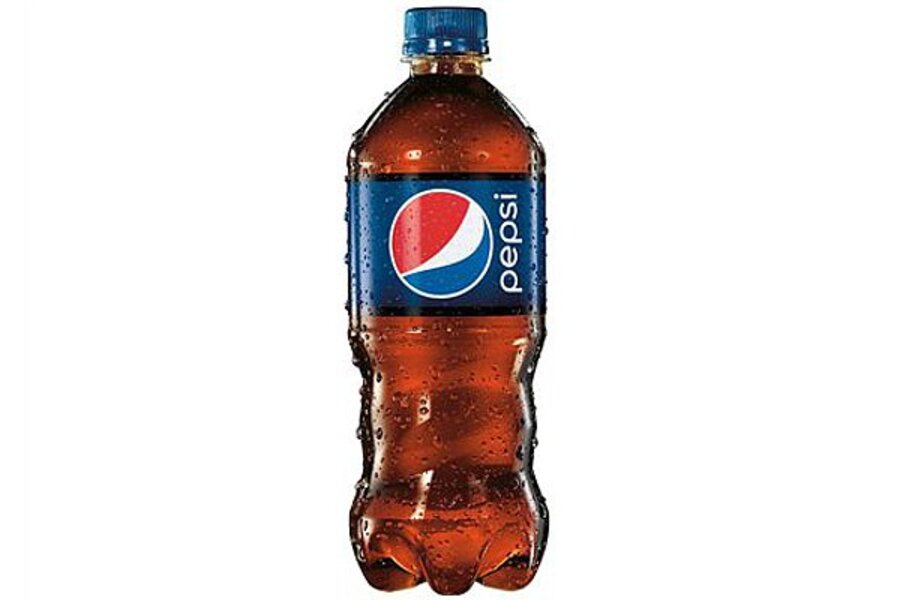New Pepsi bottle: Will the blocky shape bolster sales?
| NEW YORK
Pepsi is rolling out a new shape for its 20-ounce bottle for the first time in about 17 years.
The new bottle has a contoured bottom half that appears easier to grip, and the wraparound label is shorter so that more of the drink is exposed. The change follows a number of splashy moves in the past year by PepsiCo to improve results for its namesake soda, including a multiyear deal to sponsor the Super Bowl halftime show and a wide-ranging deal with pop star Beyonce.
Despite PepsiCo's stepped up efforts, its beverage volume in North America declined by 4 percent last year. That included a 4 percent declined in carbonated soft drinks and a 3 percent decline in non-carbonated drinks, according to a regulatory filing with the Securities and Exchange Commission.
PepsiCo Inc., based in Purchase, N.Y., has been working to revitalize the brand after losing market share to Coca-Cola Co. in recent years.
Andrea Foote, a PepsiCo spokeswoman, said the new 20-ounce bottle is part of the company's ongoing update of marketing and packaging materials for the cola. The single-serve bottles, which are widely sold in coolers at drugstores and other retailers, will begin rolling out in April. The new shape will also be used for the 16-ounce bottles, which aren't as common, as well as Diet Pepsi, Pepsi Max and Pepsi Next.
Foote said it will take a year or two before the new bottles entirely replace the current bottles, which she says were introduced in 1996.
"The engineers have to go to all the plants and convert the lines," Foote said. The new bottles will first appear in the New York area, then roll out to Chicago, parts of California and Florida.
Coca-Cola, based in Atlanta, says its current 20-ounce contour bottle made its U.S. debut in 1993. Small changes were made over the years, such as making the surface easier to grip and shortening the neck of the bottle.
PepsiCo makes a wide range of products, including Frito-Lay chips, Gatorade, Quaker Oats and Tropicana. But it has long been defined by its namesake soda and its rivalry with Coca-Cola.





